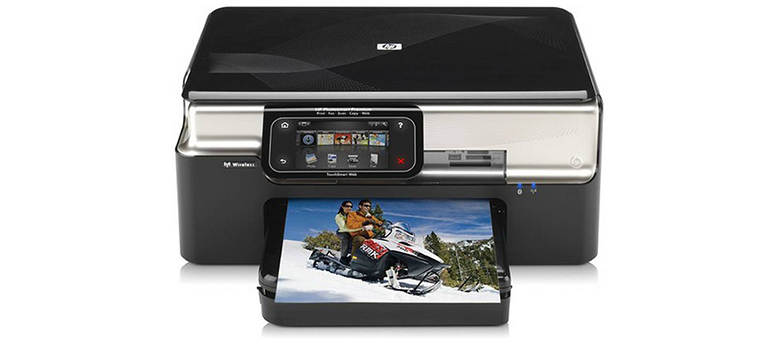7 Great Facts about Sustainable Printing
Today many company owners consider the environmental impact of their business operations high on their agenda. Environmental factors influence the decisions they make on a daily basis. As the awareness of sustainability has increased, so have the myths and misconceptions surrounding the print and papery industries. For example, many people blame printing for mass deforestation, when this simply isn’t true.
Providing you print in a sustainable, eco-friendly way, it can actually benefit the environment. Here we will take a look at seven great facts about sustainable printing.
Printing doesn’t have to be bad for the environment, but there is a right and wrong way to go about it.
1. Paper is one of the most recycled products in the world
According to a study by You Love Paper and Two Sides the European recycling rates for paper reached seventy two per cent in 2013 (in Europe) with two tonnes of paper being recycled every second. Paper is one of the only true sustainable products. As young trees grow they absorb carbon dioxide from the atmosphere. When they are made into wood and paper, they continue to store carbon throughout their lifespan.
If you want to improve the sustainability of your work place printing, you will need to make sure your paper comes from a well-managed forest with an official certification.
2. You can promote sustainability by sharing a printer
By sharing a printer you can avoid the cost of needing to buy a new one. This will also save energy used in the manufacturing, shipping and disposal processes of making a printer. By having one printer instead of two you can reduce the usage of electricity.
3. Printer ink cartridges are recyclable
Did you know that printer toner and ink cartridges are recyclable? Recycling printer cartridges is very worthwhile as those that are remanufactured can cost as little as ten per cent of the cost of original cartridges. By recycling them instead of sending them to landfill sites, your business will also be doing their bit for the environment.
4. Cold set print presses help companies to be more environmentally friendly
Cold set printing presses use far less energy and produce far fewer volatile organic compounds than heat set presses. Not only that but today they also rival the quality of heat set print presses, so really they are the only sensible decision for your business!
5. Double sided printing can improve sustainability
Making sure your staff print documents on both sides of a piece of paper can improve sustainability whilst saving you money. A great way to encourage this is to put signs up in the office and configure your printer settings to ensure double sided printing is the default method.
Making paper is not the main cause of deforestation. In fact making paper can actually support sustainable forest management.
6. Making paper supports sustainable forest management
Many people think that making paper destroys forests, but this simply isn’t true. According to a report by Two Sides, forests in Europe are growing rapidly at an area of 1.5 million football pitches every year. The World Rainforest Movement actually found that ninety per cent of deforestation is caused by unsustainable agricultural practices.
7. Simply switching your printing equipment off can help your business to become more eco friendly
Turning your printers off when not in use will not only save you money but will also help you to reduce the amount of electricity you use. If you and your staff forget to turn off your printers manually, you may want to consider installing a timer so that your printers switch off after a set number of minutes of inactivity.
Conclusion
Although people think that digital communications are for more sustainable than printing materials out on paper, this is not strictly true, as you have to factor in the energy used to power the digital devices used to read digital communications. Providing you involve yourself in recycling schemes and ensure you are sourcing paper and printing materials sustainably, there is no reason why you cannot conduct eco-friendly printing practices in the work place.

